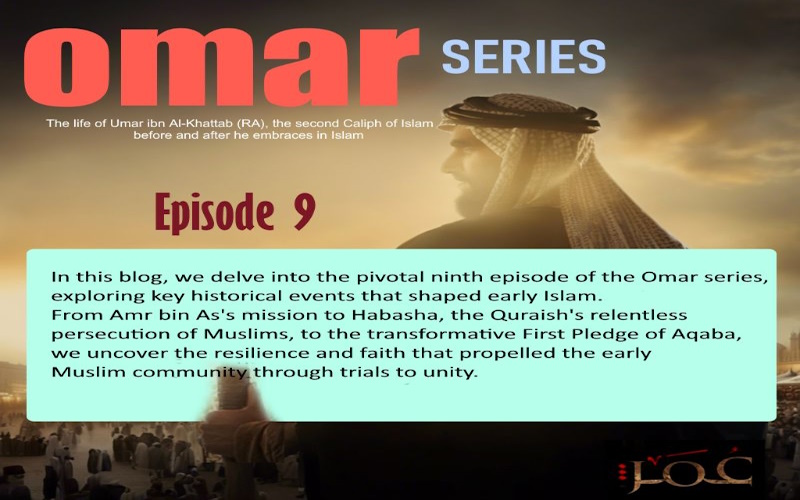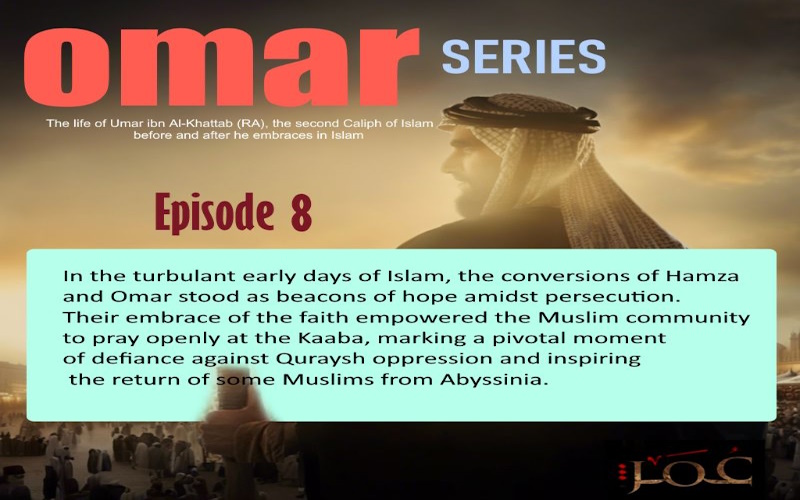Introduction:
The history of Islam is filled with extraordinary stories and connections that continue to inspire and amaze us. One such remarkable tale is that of King Tubba, a Yemeni king who embraced Islam a thousand years before the birth of the Prophet Muhammad (peace be upon him). King Tubba’s journey from a conqueror with hostile intentions to a devoted follower of the Prophet reveals a profound connection between Yemen, the Ka’bah, and the blessed city of Madinah. In this blog, we will delve into the intriguing story of King Tubba and explore why the camel stopped outside Abu Ayyub Ansari’s house.
The Roots of Yemen and the Ka’bah:
The name “Yemen” itself holds a deep connection to the Ka’bah, the sacred house of Allah. Yemen’s name is derived from the Ka’bah, signifying the profound roots of the land and its people in the blessed house. Yemen also boasts two Yemeni corners of the Ka’bah, one of which houses the revered Black Stone. These Yemeni corners are the only corners that remain on the original foundation built by Prophet Ibrahim (peace be upon him), unlike the other corners, which have been rebuilt over time.
King Tubba’s Transformation:
King Tubba, a Yemeni king, initially harboured intentions to attack the Ka’bah. He found himself in conflict with the Jewish communities and the ancestors of the Ansar in Madinah. However, something extraordinary happened during these battles that led to a transformation in King Tubba’s heart. The kindness and service of the people of Madinah deeply moved him.
A Revelation in Yathrib (Madinah):
As King Tubba embarked on a journey to Madinah, which was known as Yathrib at the time, his scholars revealed that this place held significance in their scriptures. According to their teachings, it was foretold that the final Prophet of Allah would eventually emigrate to Yathrib.
The people of Yathrib described the Prophet Muhammad (peace be upon him) to King Tubba based on their scriptures and books. Struck by love and devotion, King Tubba made a monumental decision. He left his people in Yemen and settled permanently in Yathrib, eagerly awaiting the arrival of the Prophet Muhammad.
The Letter and the House:
When a year passed and the Prophet Muhammad had not yet appeared, King Tubba wrote a heartfelt letter to the Prophet, affirming his belief in Allah and His Messenger and declaring his allegiance to Islam. He also built a house for the Prophet a thousand years before the Prophet’s arrival. This house eventually became known as the house of Abu Ayyub Ansari.
The Camel’s Divine Decision:
Upon the Prophet Muhammad’s migration to Madinah, a unique event occurred. The Prophet let his camel decide where he would stay, saying that he would settle in whichever house the camel stopped in front of. To the amazement of all, the camel rested outside the very house that King Tubba had built for the Prophet, the house of Abu Ayyub Ansari. The Prophet also built his masjid opposite this house.
The Significance of King Tubba’s Legacy:
The story of King Tubba and his deep connection to the Prophet Muhammad is a testament to the unity and devotion that Islam can inspire. King Tubba’s actions, from building a house for the Prophet to the covering of Ka’bah, showcase the profound love and respect he had for Allah’s final messenger. This remarkable tale also highlights the enduring connection between the Prophet Muhammad and the people of Yemen.
Conclusion:
The story of King Tubba’s transformation and his remarkable connection to the Ka’bah and the Prophet Muhammad is a testament to the power of faith, love, and devotion. It serves as a powerful reminder that even the most unlikely individuals can find their hearts illuminated by the light of Islam. King Tubba’s legacy continues to inspire and demonstrate the profound bonds that exist within the Muslim ummah, transcending time and place. The tale of why the camel stopped outside Abu Ayyub Ansari’s house is a testament to the enduring power of faith and destiny in the history of Islam.
“The story of King Tubba’s conversion to Islam and his connection to the Prophet Muhammad (peace be upon him) is not found in the authoritative hadith collections or the Quran. It is often considered to be a historical narrative rather than an authenticated religious account.
Many historical events and figures in early Islamic history are documented in various historical texts, but not all of them have the same level of authenticity as the hadith or Quran. While this story may be part of Yemeni folklore and historical accounts, it does not have the same status as the core religious texts of Islam. It’s essential to differentiate between authentic religious sources and historical narratives, as not all historical accounts are considered equally reliable from an Islamic perspective.”






